How to Care for Pandan Plant
Yisalle
11 years ago
Featured Answer
Sort by:Oldest
Comments (21)
keylyn
11 years agoRelated Professionals
Tempe Landscape Architects & Landscape Designers · Carson Landscape Architects & Landscape Designers · Middle River Landscape Architects & Landscape Designers · Seabrook Landscape Architects & Landscape Designers · East Patchogue Landscape Architects & Landscape Designers · Pottstown Landscape Contractors · Tempe Landscape Contractors · Berwyn Landscape Contractors · Brandon Landscape Contractors · College Park Landscape Contractors · Flagstaff Landscape Contractors · Middletown Landscape Contractors · Peachtree City Landscape Contractors · Westchester Landscape Contractors · Woodburn Landscape ContractorsYisalle
11 years agoMARGARET JOY GORDON
7 years agotropicbreezent
7 years agosteiconi
7 years agobananafan2
7 years agotropicbreezent
7 years agosteiconi
7 years agotropicbreezent
7 years agoMARGARET JOY GORDON
7 years agotropicbreezent
7 years agoMARGARET JOY GORDON
6 years agolast modified: 6 years agotropicbreezent
6 years agolast modified: 6 years agoMARGARET JOY GORDON
6 years agoMARGARET JOY GORDON
6 years agotropicbreezent
6 years agoJeremiah K
2 years agoJurassic Park
2 years agoJeremiah K
2 years agotropicbreezent
2 years ago
Related Stories
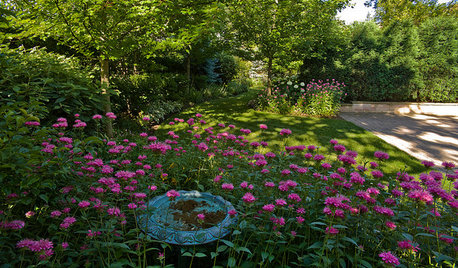
LANDSCAPE DESIGNExuberant Self-Seeders for Gorgeous, Easy-Care Gardens
Keep weeds down, color high and maintenance low with beautful plants that sow themselves
Full Story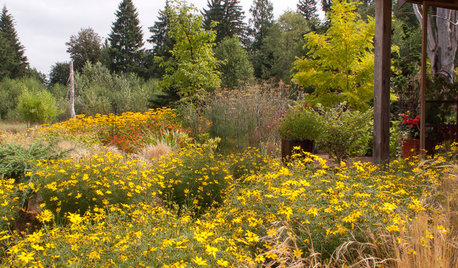
FLOWERSGreat Design Plant: Zagreb Tickseed Takes Care of Itself (Almost)
Get colorful drama along with deer resistance, drought tolerance and low maintenance — plus a butterfly or two
Full Story
GARDENING GUIDESAfter-Summer Care for a Fabulous Fall Garden
Cleaning out stragglers and taking time to assess will keep your garden thriving all through autumn
Full Story
GARDENING GUIDESSpring Citrus Care Reaps Months of Sweet Rewards
Learn how to tend citrus trees in spring and ways to preserve their delicious fruit
Full Story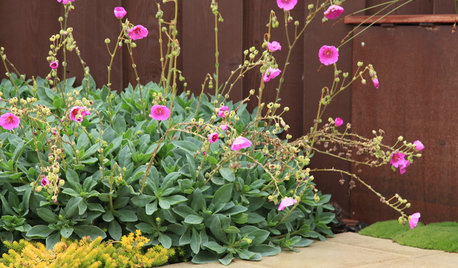
GROUND COVERS10 Succulents That Make Pretty, Easy-Care Ground Covers
These low-growing succulents create interest in the drought-tolerant garden
Full Story
GARDENING GUIDESBackyard Birds: How to Care for American Goldfinches
The American goldfinch is a bright-in-the-summer visitor and one of the only vegetarian songbirds. Here's how to give them a healthy habitat
Full Story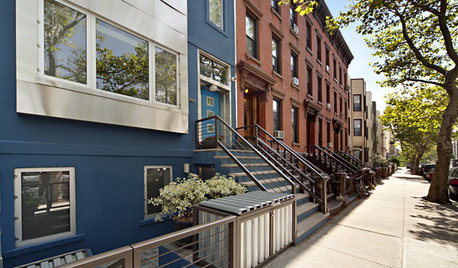
COMMUNITYWant a Cleaner, Safer Neighborhood? Show You Care
Our behavior strongly influences others, says a new study. Show neighbors you care about your street and watch them follow suit
Full Story
EXTERIORSCare and Training for a Vine-Covered Home
Love the look but don’t want the ruin? Learn how to have vine-draped walls without all the cracks and crumbling
Full Story
LIGHTINGHouse Hunting? Look Carefully at the Light
Consider windows, skylights and the sun in any potential home, lest you end up facing down the dark
Full Story
GARDENING GUIDESTree Care: Common Tree Diseases and What to Do About Them
Learn to recognize trees that may be affected by diseases or pests so you can quickly take action
Full Story





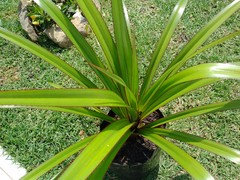
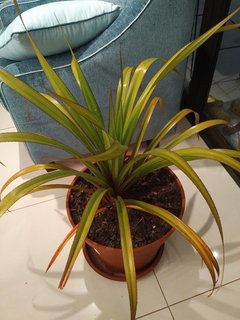

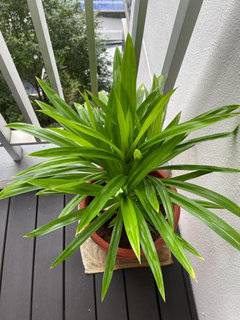
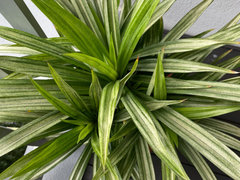
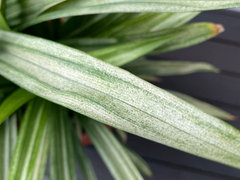
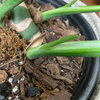
tropicbreezent